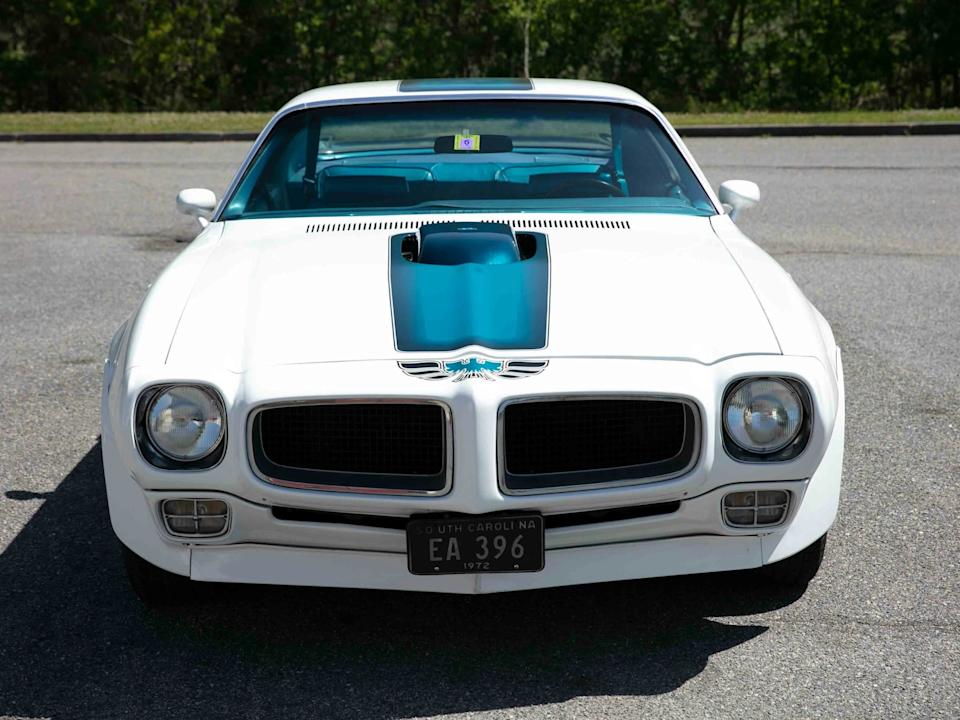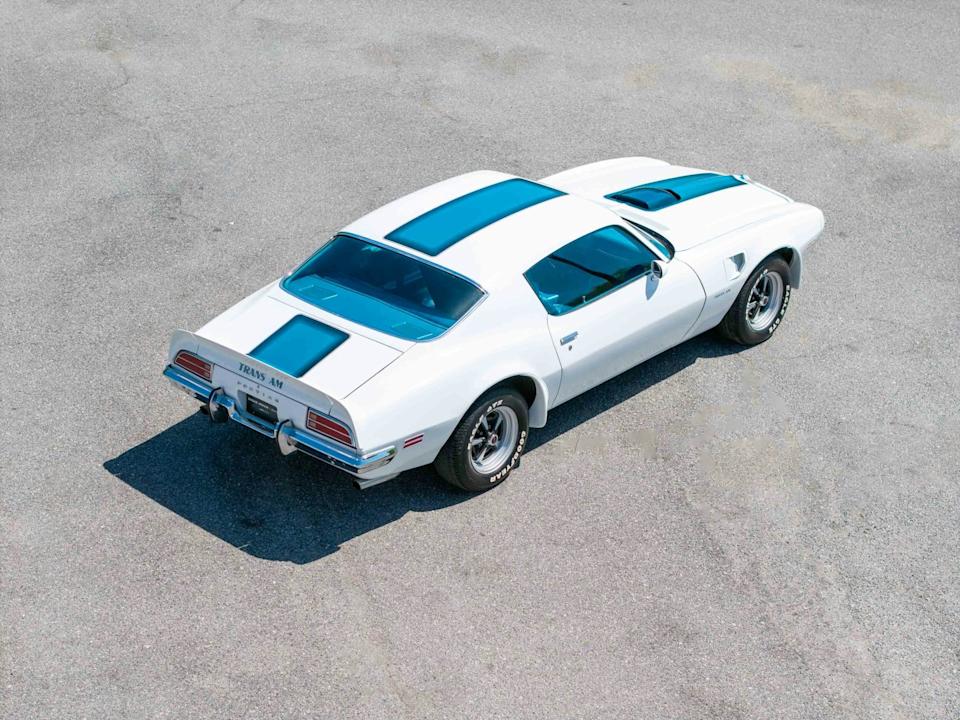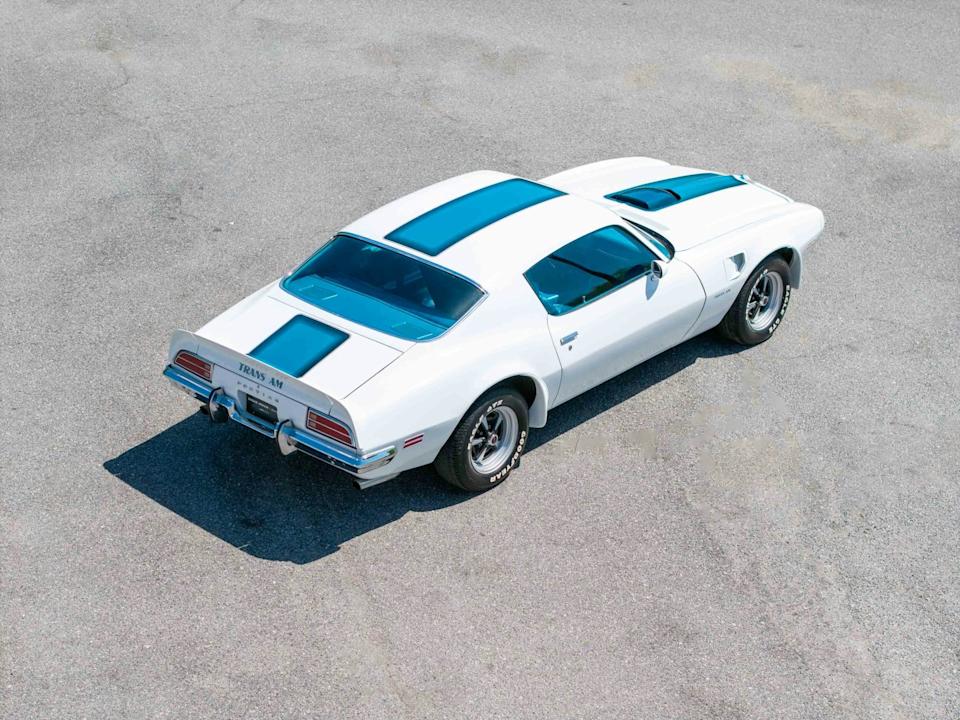
The 1970 Pontiac Firebird Trans Am Ram Air III remains an iconic symbol of American automotive engineering, power, and style. Renowned among muscle car enthusiasts and collectors alike, this vehicle represents a remarkable blend of design innovation, muscular performance, and automotive legacy. Let’s take an in-depth journey into the history, engineering excellence, and unique design philosophy that make this particular model a highly coveted classic.
Pontiac Firebird Trans Am: A Legacy Begins
Introduced as a direct competitor to Ford’s Mustang and Chevrolet’s Camaro, the Pontiac Firebird quickly carved its own niche in the highly competitive pony car market of the late 1960s. The Trans Am variant debuted in 1969, named after the renowned Trans-Am racing series, emphasizing the model’s racing pedigree. By 1970, Pontiac was poised to cement its reputation for performance, introducing the second-generation Firebird Trans Am, an evolution that would become a defining symbol of American muscle.
The Visionary Design of Bill Porter
Responsible for shaping the striking aesthetics of the second-generation Firebird was Bill Porter, Pontiac’s talented chief designer. Porter had already established his reputation through the design of the iconic 1968 GTO, and his approach to the 1970 Firebird was nothing short of visionary. Influenced heavily by European sports cars, Porter brought aerodynamic efficiency and aggressive styling to the Firebird, transforming it into a car that not only performed superbly but also possessed a visual allure distinct from its American contemporaries.
Design Philosophy: Form Meets Function
The 1970 Trans Am stood out immediately with its dramatically extended hood, aerodynamic fastback roofline, and wide stance. Functional aerodynamics were not just a stylistic choice but also improved performance significantly. Prominent fender flares, an aggressive front air dam, and the distinctive shaker hood scoop were meticulously designed to reduce lift and increase downforce, ensuring greater stability at higher speeds. Each design element contributed purposefully to the vehicle’s overall performance and driving dynamics.
Finished predominantly in Polar White with its bold and iconic blue racing stripe, the car offered a visually striking contrast. This distinctive color scheme quickly became synonymous with Pontiac’s Trans Am models, further solidifying the car’s place in automotive history.

Power and Performance: The Ram Air III Engine
Central to the allure of the 1970 Firebird Trans Am was its impressive powertrain—the legendary 400-cubic-inch (6.6-liter) Ram Air III V8 engine. Factory rated at 345 horsepower and delivering a robust 430 lb-ft of torque, this power plant exemplified Pontiac’s commitment to high performance and raw power.
The “Ram Air” designation signified the use of Pontiac’s innovative cold-air induction system. This setup employed a functional hood scoop designed to funnel cooler, denser air directly into the carburetor, significantly enhancing combustion efficiency, throttle response, and overall engine performance. Coupled with the robust Muncie M21 close-ratio four-speed manual transmission, featuring a precise factory-installed Hurst shifter, this powertrain delivered exhilarating acceleration and optimal gear ratios, perfectly suited for spirited driving.
Advanced Mechanical Engineering
Backing the potent Ram Air III engine was Pontiac’s reliable and performance-oriented 12-bolt rear axle featuring a desirable 3.73:1 gear ratio. Such a gear setup provided an excellent compromise between rapid acceleration and highway cruising capabilities, making it ideal for both street and performance driving scenarios.
Additionally, Pontiac included performance-focused components like a heavy-duty radiator for improved cooling efficiency, essential during high-performance driving conditions. Factory-installed options like tinted glass, Rally II wheels, and a center console further elevated the driving experience, blending luxury with performance seamlessly.
Interior Design: Comfort Meets Performance
Inside, the 1970 Trans Am boasted a carefully crafted interior that balanced comfort, style, and functionality. The Medium Bright Blue vinyl interior perfectly complemented the exterior’s Polar White finish and iconic blue stripe. Notable interior details included an engine-turned aluminum dash panel, a unique feature at the time that underscored Pontiac’s attention to detail and commitment to creating a genuine driver-focused cockpit.
Further enhancing driver comfort and engagement was a padded three-spoke steering wheel, ergonomically designed to facilitate precise control and comfort during spirited driving sessions. The overall interior presentation emphasized Pontiac’s dedication to the driver’s experience, providing an environment that combined high-performance capability with tasteful aesthetics.
Historical Context and Collectibility
Originally delivered to Bill Beck Pontiac in Charlotte, North Carolina, in May 1970, the vehicle’s provenance is well-documented through Pontiac Historic Services (PHS) documentation, including maintenance records and period-correct repair manuals. Such comprehensive documentation significantly enhances the car’s appeal among collectors and historians, adding authenticity and credibility to its storied past.
While this particular Trans Am retains a correct, era-appropriate Ram Air III engine, it’s important to note that the engine is not numbers-matching—likely replaced under warranty by the dealer early in its lifetime. Despite this detail, the vehicle remains highly desirable due to its overall authenticity, pristine condition, and rarity.
Rarity and Market Value
In 1970, Pontiac produced only 1,769 units of the Ram Air III-equipped Trans Am models paired with a four-speed manual transmission. Such limited production numbers have propelled these cars to the status of highly sought-after collectibles, significantly increasing their value and desirability within the muscle car collector community.
As classic American muscle cars continue to gain popularity and their market value steadily appreciates, well-preserved examples like this 1970 Trans Am Ram Air III become increasingly valuable investments. Enthusiasts recognize these cars not only as symbols of automotive nostalgia but also as tangible pieces of American automotive history.

Legacy and Cultural Impact
The Pontiac Firebird Trans Am’s cultural significance extends far beyond automotive circles. The model became an American pop-culture icon, prominently featured in movies, TV series, and popular media, epitomizing American automotive enthusiasm and performance culture. The Trans Am symbolizes an era when automakers dared to push boundaries in both design and performance, encapsulating the spirit of innovation and the boldness of the muscle car era.
Conclusion: A Timeless Classic
The 1970 Pontiac Firebird Trans Am Ram Air III remains a timeless representation of American automotive design, engineering excellence, and performance innovation. It perfectly embodies Pontiac’s ambition and creativity, leaving a lasting legacy cherished by automotive enthusiasts worldwide.
For collectors, historians, and automotive aficionados alike, this particular Trans Am offers an unmatched opportunity to own a remarkable piece of muscle car history—rich in heritage, meticulously crafted, and inherently valuable. As the years pass, this legendary car’s appeal only grows stronger, firmly cementing its place as a revered classic in American automotive culture.

